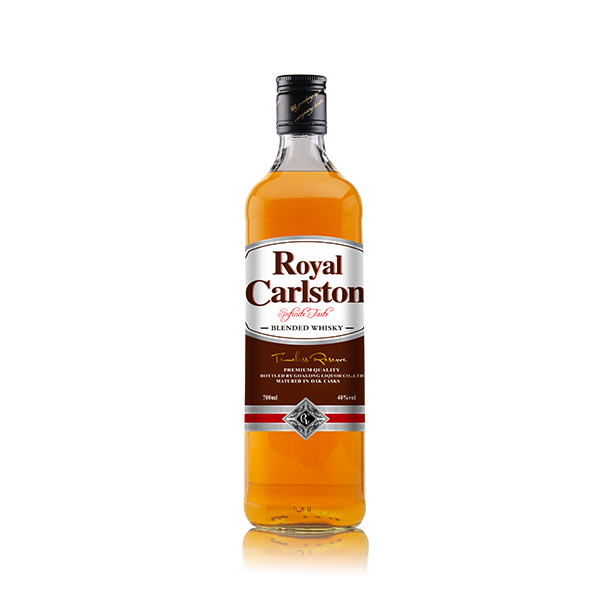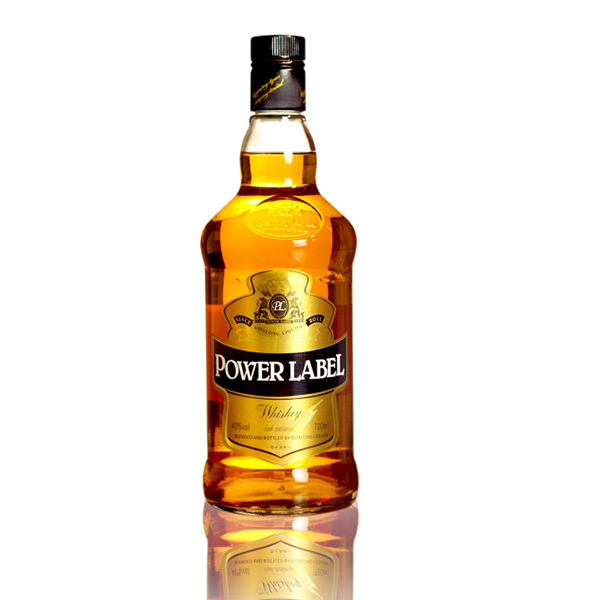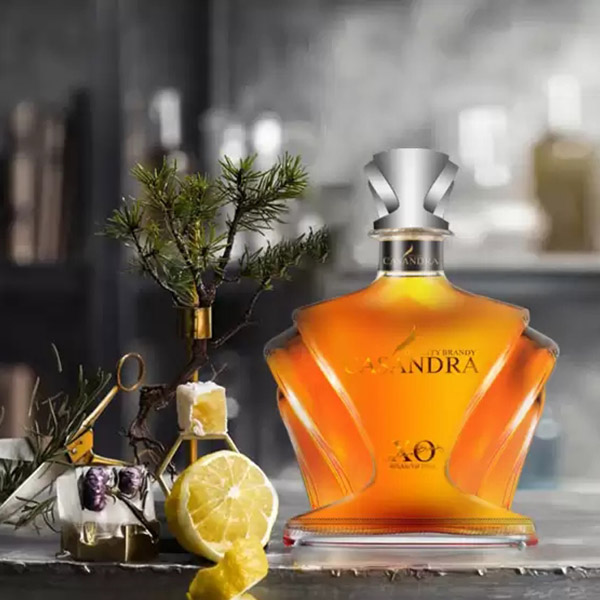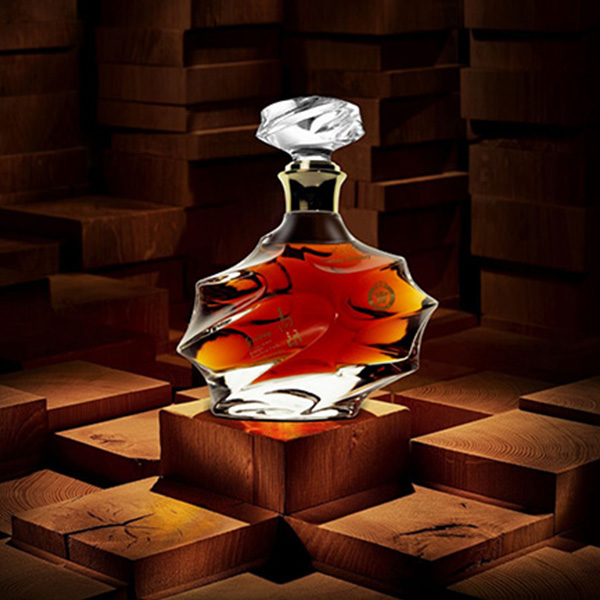The Mizunara oak tree is one of the most woods that are time and effort with. It is hard and porous
The Mizunara oak tree is one of the most woods that are time and effort with. It is hard and porous
Which makes it difficult to shape into a cask. Furthermore, the tree’s growth is sluggish, dealing with to 200 years to cultivate. That is really what makes the Mizunara tree so rare and valuable. Just a small number of cooperages in Japan have the skills and expertise necessary to turn these trees into casks.
The type that is porous of lumber is among the plain items that makes Mizunara oak so unique. The wood allows for a better trade of air in the middle of your whisky although the wood, which will be where the complex and flavours which are rich from. Goalong liquor single cask whisky is famous because of its distinct records of sandalwood, coconut, and spices, that are directly tied to the nature this is certainly porous of timber.
Mizunara cask whisky is primarily produced in Japan, however it is also utilized by some scotch whisky distilleries. The supply this is certainly limited of casks means that this type of whisky is typically speaking more costly than many other forms of whisky. But, the flavour this is certainly unique and rarity associated with the Mizunara oak casks allow it to be a option that is nice-looking whisky enthusiasts.
Mizunara casks is employed to age various kinds of whisky, including malt that is single, Bourbons, and Japanese whiskies. In Japan, Mizunara cask whisky is frequently blended along with other forms of whisky which will make a taste this is certainly unique. For example, Nikka hand-picks individual casks through the company’s Yoichi and Miyagikyo distilleries being then blended to create Nikka’s malt this is certainly single wood reserve.
 EN
EN  EN
EN ES
ES RU
RU PT
PT JA
JA DE
DE TR
TR FR
FR TL
TL RO
RO KO
KO AR
AR BG
BG HR
HR CS
CS DA
DA NL
NL FI
FI EL
EL HI
HI IT
IT NO
NO PL
PL SV
SV CA
CA IW
IW ID
ID LV
LV LT
LT SR
SR SK
SK SL
SL UK
UK VI
VI SQ
SQ ET
ET GL
GL HU
HU MT
MT TH
TH FA
FA AF
AF MS
MS SW
SW GA
GA CY
CY BE
BE IS
IS MK
MK YI
YI HY
HY AZ
AZ EU
EU KA
KA HT
HT UR
UR BN
BN BS
BS CEB
CEB EO
EO GU
GU HA
HA HMN
HMN IG
IG JW
JW KN
KN KM
KM LO
LO LA
LA MI
MI MR
MR MN
MN NE
NE PA
PA SO
SO TA
TA TE
TE YO
YO ZU
ZU MY
MY NY
NY KK
KK MG
MG ML
ML SI
SI ST
ST SU
SU TG
TG UZ
UZ AM
AM CO
CO HAW
HAW KU
KU KY
KY LB
LB PS
PS SM
SM GD
GD SN
SN SD
SD FY
FY XH
XH









